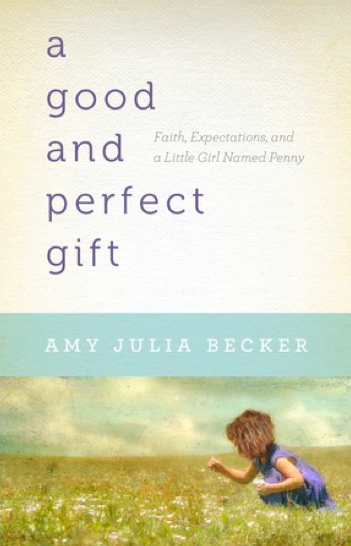Patricia Stacey’s memoir, The Boy Who Loved Windows, chronicles her journey to heal her son of autism. In the process, she nearly wrecks her marriage, her family’s finances, her relationship with her daughter, and her sanity. She obsessively works to understand her son and fights to find him the best care possible. Ultimately, she is that care, spending hours and hours a day with him, much of it doing “floor time,” an intensive, interactive therapy meant to draw out autistic kids.
In the end, it was worth it. Or at least we are meant to believe it was worth it. How can we disagree? After all, he’s all better now.
But as the mother of kids whose needs are significant and whose lists of possible interventions is grows longer all the time, I don’t know if I’m up to it. Here is a list of interventions recommended for just one of our sons last year:
- Occupational Therapy
- Physical Therapy
- Speech Therapy
- Social Skills Training
- Individual Counseling
- The Listening Program (to help with auditory sensitivity and processing)
- Lindamood Bell (to help with reading comprehension)
- Bio-feedback (to help with anxiety)
Some of these interventions are best done every day of the week, and all of them come with homework. Lots of it. And he plays soccer and swims, both of which are important in keeping him sane – the boy has A LOT of energy. And did I mention that we homeschool? And that we have another son? And that occasionally it would be nice to have enough energy left at the end of the day to have sex?
All of these interventions, of course, require money. Lots of it. And how much do you spend to help your kid be typical when a quarter of the world’s kids are malnourished? How much of my search for a perfect intervention is an unwillingness to love the boy I have as he is?
None of this, though, gets at the question that is harder to ask, the question this book forces us to ask. How much time am I willing to spend helping my kid? Am I as willing as Stacey to sacrifice nearly everything to give my kid a better shot in life?
I thought I was, but now I’m not so sure. Stacey’s son benefited from her “obsessive” attention. Mine would as well, I imagine. But what if I don’t want to offer it?
What if I like my job, and having lunch with friends, and canning tomatoes, and taking Ezra to ballet class? What if I want to spend a few evenings with Jeff or go to the gym? (To be fair, it’s not as big a sacrifice when you haven’t been in years.)
I hear my own answer to these questions. It’s the answer I give people when they tell me they could never homeschool because it’s so hard to be around their kids, or because they like their jobs too much, or because their kids don’t want to learn from their parents and trying to teach them is torture for everyone. There are other reasons not to homeschool; but when the reasons are about not being sure they could bear to be around their kids, I always tell people the same thing.
I tell them that there are seasons in life. Just as you made it through months of getting up all night long and being attached to a suckling baby, you’ll get through this. And just as you found an unexpected joy at being up in the middle of the night rocking a sick baby, you’ll find joy in struggling with your seven-year-old to write a coherent paragraph. And you’ll look back and be glad you didn’t miss it.
It will have been worth it.
I wonder, though, if that answer makes them angry. Or scared. Maybe they know they could do it. Maybe they know it might really be great for them and their kids. Maybe they just don’t want to, even if it would be worth it. If so, I’ll understand. Because sometimes I’m not so sure I’m going to give what it takes.
Stacey was willing to do so, and her book indicates that she has no regrets. The book may leave you inspired or guilty, awe-struck or defeated. Like all good books, though, it won’t leave you unaffected.











